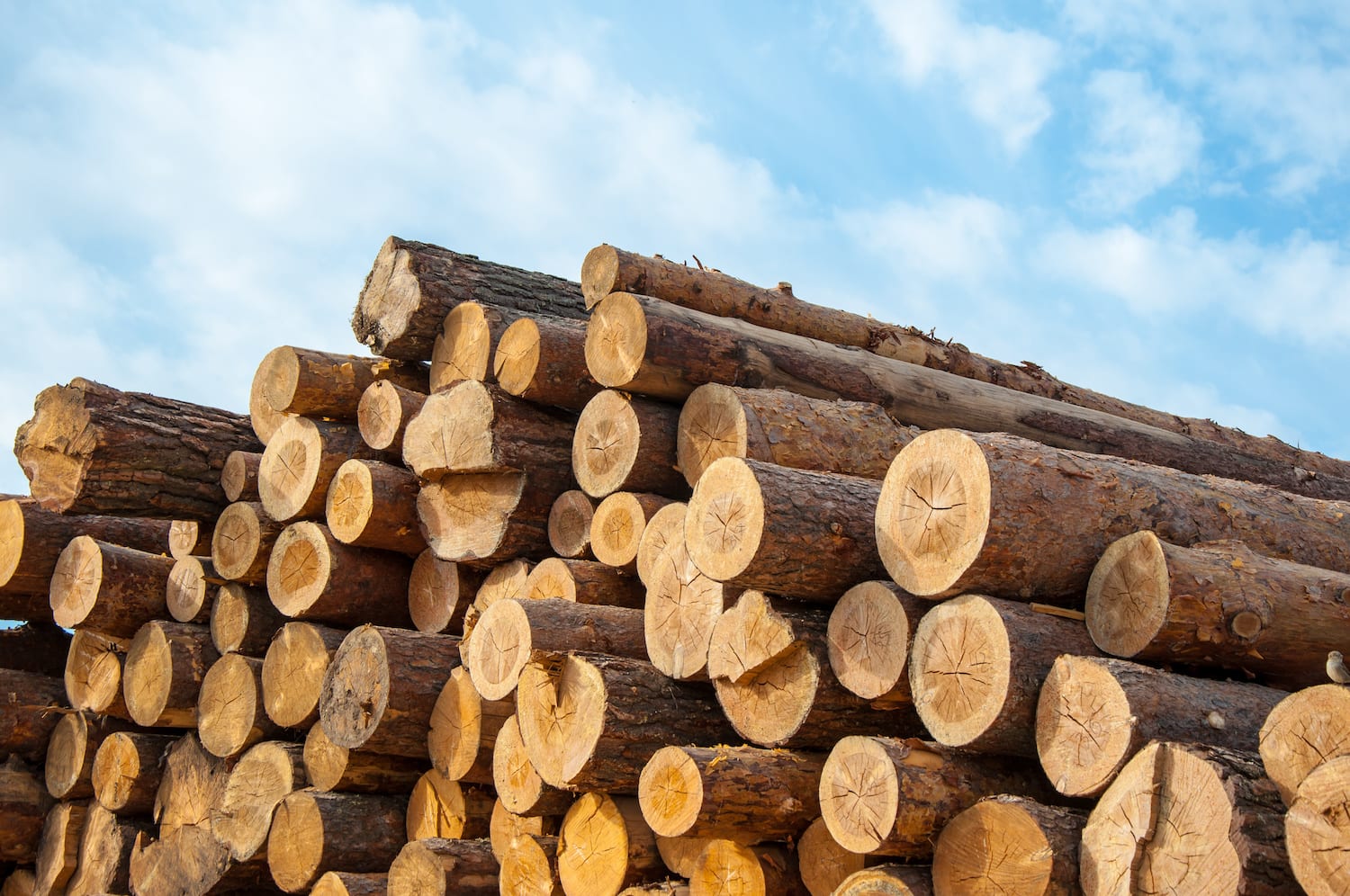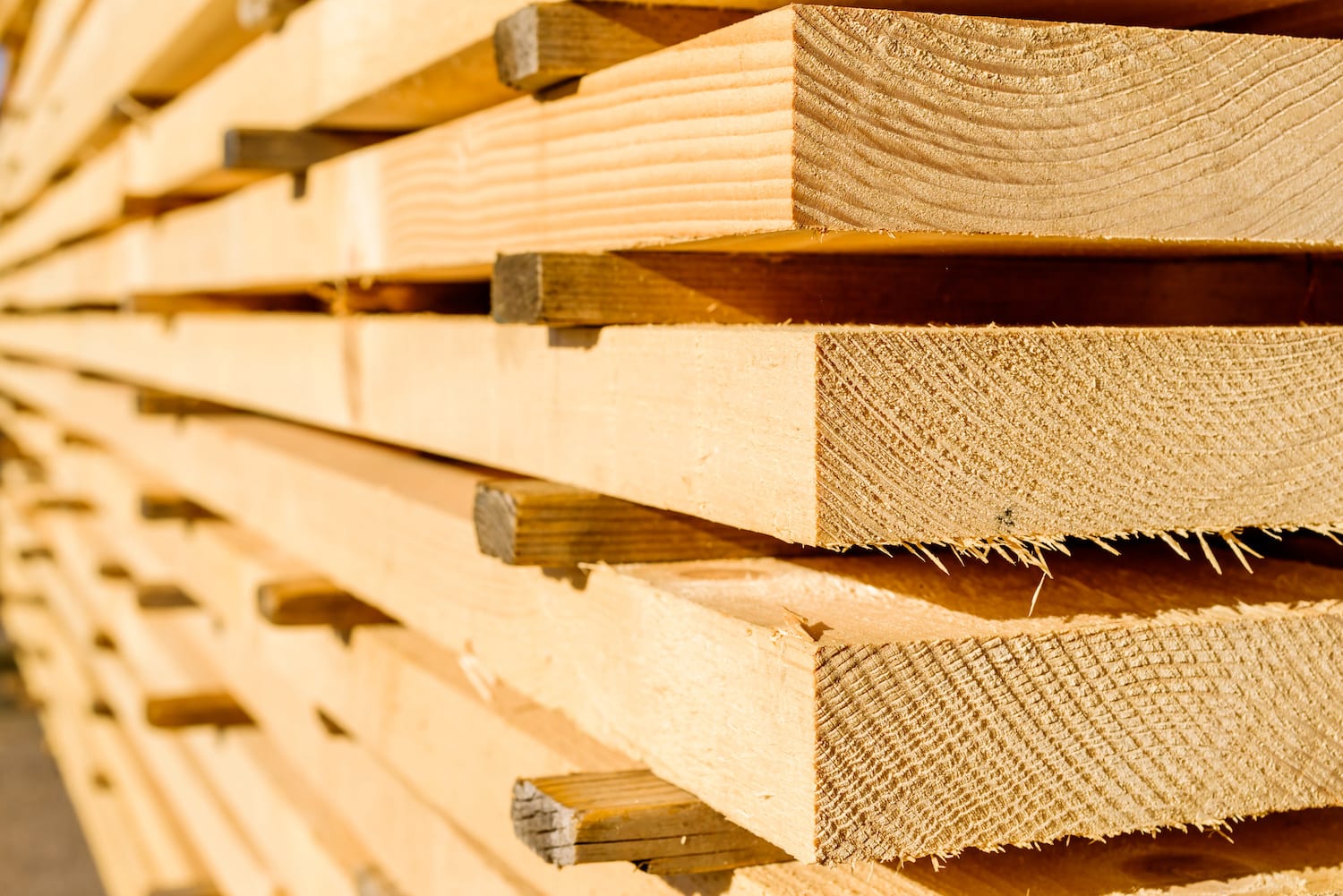Timber Vs Wood: What’s The Difference? (Complete Guide)
Wood, timber, lumber… it’s all just trees, right? Well, yes and no. Believe it or not, there’s actually a difference in usage between timber and wood. While the average layman uses these terms interchangeably, we know a thing or two about timber and wood here at Manomin Resawn Timbers! When you’re looking for real hardwood floors or reclaimed wood paneling, are you shopping for

By mrtimbers | Updated November 30, 2022
Wood, timber, lumber... it's all just trees, right? Well, yes and no. Believe it or not, there's actually a difference in usage between timber and wood. While the average layman uses these terms interchangeably, we know a thing or two about timber and wood here at Manomin Resawn Timbers!
When you're looking for real hardwood floors or reclaimed wood paneling, are you shopping for wood or timber? Or lumber? Learn the difference between timber vs wood here!
Every Square Is a Rectangle, But...
You've maybe heard the adage, "Every square is a rectangle, but not every rectangle is a square." We won't bore you with a geometry lesson, but this same principle applies to wood and timber!
All timber is wood, but not all wood is timber. Curious to know how? Let's take a closer look.
What Is Wood?

"Wood" is the word used to describe the rubbery or fibrous substance that makes up a tree. Essentially, wood is the material that is in every tree, supporting it when it's in the ground.
Wood can be used for many purposes, such as:
- Pencils
- Toothpicks
- Flooring
- Plywood
- Wooden toys
- Stationary/paper
However, something may start as wood and eventually be considered timber, depending on the way it's treated. Wood is rough wood, while timber is finished wood.
What Is Timber?
Besides being the word that lumberjacks yell when a tree is about to fall, timber is a type of sawn wood product (meaning it's processed into beams and planks), often used as a construction material. Timber wood can also be used for a variety of purposes, such as:
- Decking
- Furniture making
- Home construction
- Home aesthetic design
Timber is available in many hardwood and softwood species, including:
- Bamboo
- Birch
- Cedar
- Cherry
- Fir
- Glulam
- Green timber
- Lime
- Mahogany
- Oak
- Pine
- Sapele wood
- Tulipwood
- Walnut
- Wood ash
- Spruce

The main difference between hardwoods and softwoods is that hardwoods have fibers that are close together and dense, while the fibers in softwoods are much less dense. Because of this, hardwoods are more durable and preferred in construction settings.
You may also see timber used in "timber frame construction." These are the beams and posts used to create the frame of buildings.
Some timbers go through a process where they're treated with preservatives to help them survive environmental exposures and prevent rot. In order to be a good candidate for construction materials, timber must perform in the following categories:
- Durability/Strength: This is the most important factor, as the timber must be able to hold the weight of the structure without causing damage.
- Permeability: This is the water absorption capacity of wood— good timber absorbs less than 8-12% of water by its weight when placed in water.
- Elasticity: Timber should regain its original shape after transport.
- Weight: Good timber is heavy in weight, making it more durable.
- Maturity: Trees that are older make for stronger timber compared to younger trees. 50-100+ years is a good age.
- Shape: Timber that bows or warps isn't usually suitable for construction.
Bonus: Then What Is Lumber?
If wood is unsawn and straight from the tree, and timber is sawn wood that's prepared into planks, then what is lumber? Well, here's where it might get a little confusing.
Sometimes, in the US and Canada, "lumber" is used interchangeably with "timber." So, all of the details above used to describe timber can also define lumber in the US.
Alternatively, lumber can describe freshly fallen trees that still have their bark. It falls into the category of unprocessed wood before it turns into a processed wood product like timber.
At the end of the day, even though wood, timber, and lumber all have different definitions, the terms can all be used interchangeably in casual settings.
What Do We Source Here at Manomin?
At Manomin Resawn Timbers, we source, well, you guessed it— timbers! Our timbers fit in the category of reclaimed wood. Reclaimed wood is wood that has been used in the past and has now been repurposed in one way or another.
Most reclaimed wood is sourced from old barns, but it can also be found in shipyards, factories, and railways. Once Manomin receives reclaimed timbers, they go through our treatment process:
- De-Nailing: We carefully remove all nails, staples, and metal from the timbers. We make sure there's no metal remaining— in fact, we use the same metal detector wands used by airport security!
- Kiln Drying: In order for all our timbers to reach their equilibrium moisture content (EMC), our team uses large kilns to try the wood. EMC is the balance of the relative humidity and moisture content of the wood to help keep the wood stable under changing environments. We also perform a heat treatment to destroy bugs and larvae in the wood.
- Milling: Our craftsmen use specialty tools to make the antique wood boards completely flat and straight, so they can be used in your home.
- Installation: Once our timbers are in prime condition, we'll refer you to an experienced professional who can install the beautiful antique pieces in your home.
You can use reclaimed wood for many purposes in your home, including:
- Flooring
- Mantels
- Wood paneling
- Doors
- Ceiling box beams
Reclaimed Wood, Timber, and Lumber— We've Got it All!
We may be biased, but here at MR Timbers, we think that reclaimed wood is a fantastic addition to any home. It's unique, environmentally friendly, and durable, after all! What once started as fresh wood or timber on a newly chopped tree has now seen a lot of life.
If you're interested in installing a reclaimed wood piece in your home, reach out to MR Timbers today for a free quote!
Types of Oak: Reclaimed Oak Woods For The Best Building
Many types of oak have been a cornerstone of building and design for centuries, cherished for both its durability and its beauty. Today, reclaimed oak wood allows us to experience the timeless appeal of this species in a way that honors its history while making it accessible for […]
6 Home Wine Cellar Ideas To Take Advantage Of Reclaimed Wood
At Manomin Resawn Timbers, we’ve had the pleasure of contributing reclaimed wood to a number of custom wine cellar projects. Each design tells a story, blending our expert craftsmanship with the personal vision of the homeowners who commissioned them.
Exploring wine cellar […]

